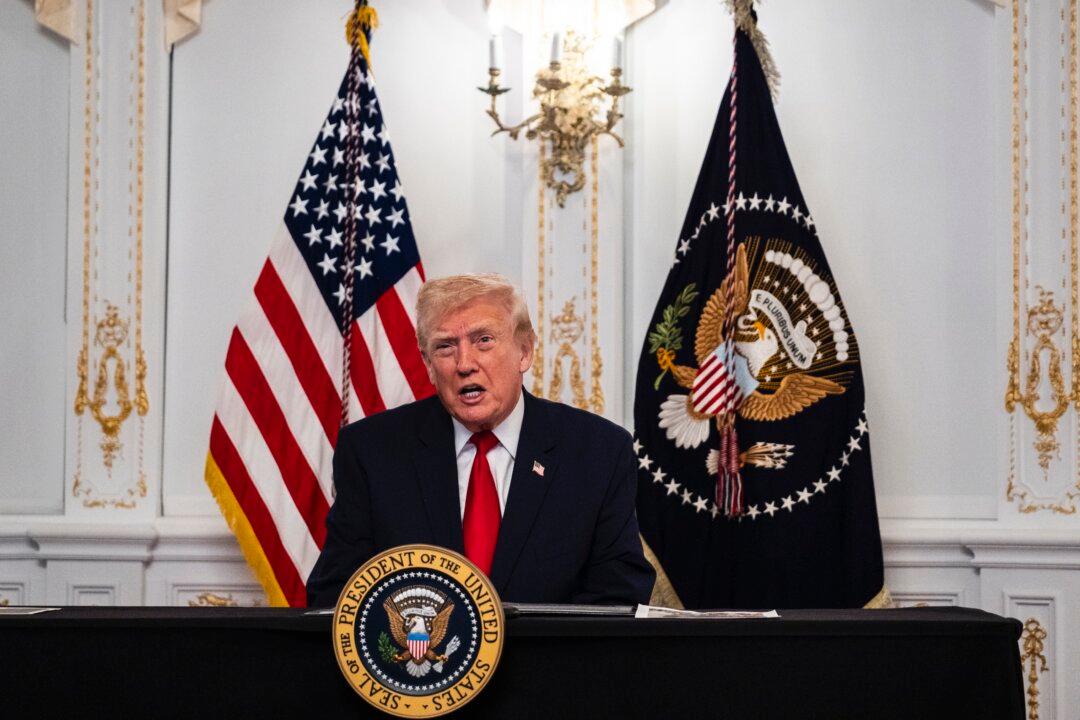Mother’s Day is the one day a year devoted to lavishing our mothers with gifts, meals, and special thanks for all she does for us throughout the year.
It symbolizes children’s appreciation for their mothers’ efforts in nurturing, listening, loving, showing patience, kindness, and forgiveness.
While it’s certainly a good idea to thank our mothers for all they do for us, the very first mother in the United States to be honored by her daughter, was thanked for a lot more than what she had done for her own children.
Ironically, when this special day, meant to commemorate the achievements of mothers, became overshadowed by greed and commercialism, the creator of the holiday tried to get it banned.
The First Mother’s Day
Anna Jarvis set out to fulfill a prayer her mother—Ann Reeves Jarvis—once made: To create a memorial mother’s day commemorating mothers for their service to humanity, according to History.com and wvgenweb.org.
Ann Reeves Jarvis, a pioneer homemaker from West Virginia, devoted her life to raising awareness about poor health conditions in several communities, conditions that contributed to a high child mortality rate. She helped organize “Mothers’ Day Work Clubs” to teach local mothers how to care for their children.
These clubs would later unite to combat the potential divisiveness of Union and Confederate sentiments. Members agreed to uphold friendship and good will throughout the duration of the Civil War and beyond.
Following her mother’s death in 1905, Anna Jarvis lobbied businessman and department store owner John Wanamaker to organize the first official Mother’s Day celebration in 1908. Celebrations were held at a Methodist Church in West Virginia and at one of Wanamaker’s stores in Philadelphia, drawing thousands of people.
Jarvis then started a massive letter-writing campaign to newspapers and powerful politicians seeking a national holiday honoring motherhood and the achievements of mothers, rather than the bias toward the achievements of men.
Although many states, towns, and churches had adopted Mother’s Day as an annual holiday by 1912, it did not become an official national holiday until 1914, when President Woodrow Wilson established the second Sunday in May as Mother’s Day.






